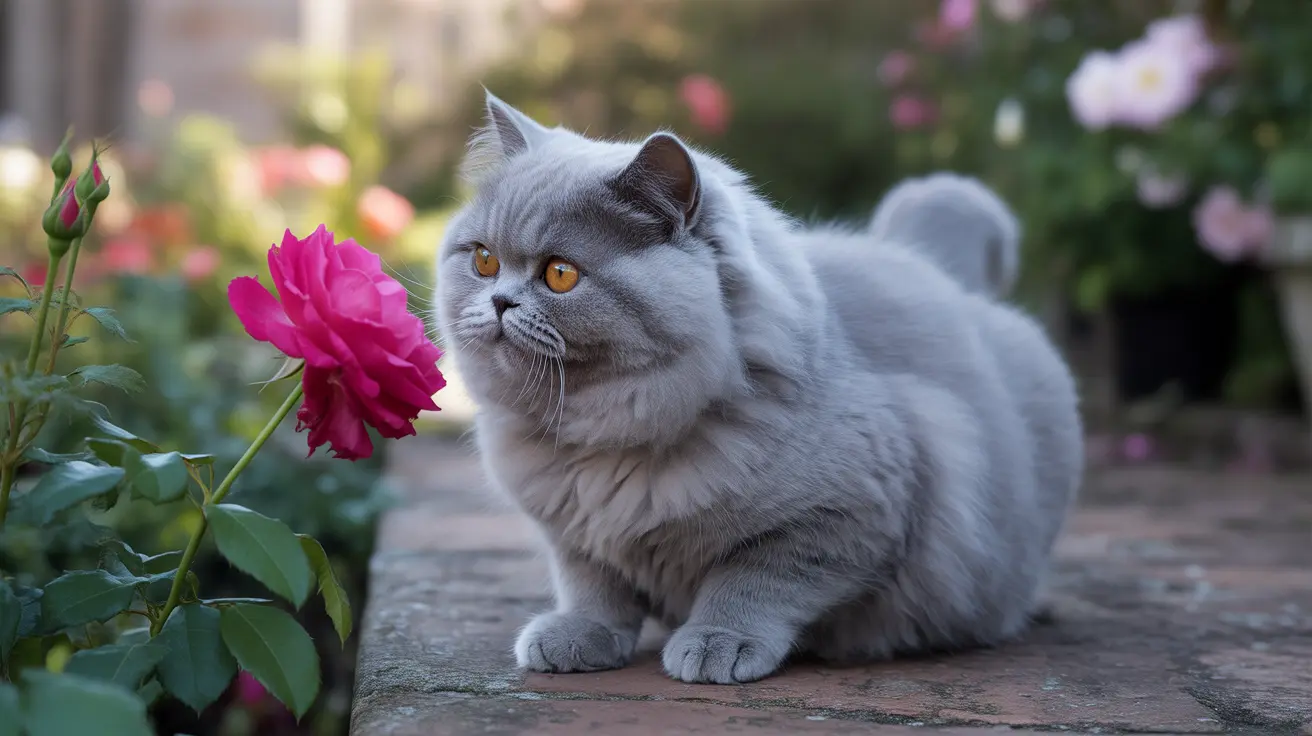While a cat's nose naturally changes color throughout the day, persistent redness or dramatic color shifts may require closer attention. Understanding these changes can help you better monitor your pet's health and know when to seek veterinary care.
Normal Causes of a Red Cat Nose
Temperature and Blood Flow
Your cat's nose often turns redder when blood vessels dilate due to warmth or increased circulation. This natural process, known as vasodilation, helps regulate body temperature and is completely normal. Conversely, you might notice the nose becoming paler in cooler temperatures as blood vessels constrict.
Activity and Excitement
During playtime or moments of excitement, your cat's nose may become redder due to increased blood flow. This temporary change typically resolves once your cat calms down and is similar to how humans might flush during exercise.
Medical Causes for a Red Nose
Injuries and Trauma
Minor scratches, bumps, or rough play can cause temporary redness or bruising on your cat's nose. While small injuries usually heal on their own, deep scratches or persistent swelling should be evaluated by a veterinarian.
Allergic Reactions
Environmental allergens, certain foods, or contact irritants can trigger allergic responses, causing nose inflammation and redness. Additional symptoms might include sneezing, itching, or changes in behavior.
Skin Conditions
Conditions like solar dermatitis or autoimmune disorders can cause nose inflammation. White or light-colored cats are particularly susceptible to sun damage, which can lead to persistent redness and potentially serious complications if left untreated.
When to Be Concerned
Serious Color Changes
While a red nose might be temporary, certain color changes warrant immediate veterinary attention:
- Blue or purple (indicating oxygen deprivation)
- Yellow (possible liver issues)
- White or very pale (potential anemia or circulation problems)
Additional Warning Signs
Seek veterinary care if nose redness is accompanied by:
- Discharge or crusting
- Loss of appetite
- Lethargy or behavior changes
- Difficulty breathing
- Swelling or visible wounds
Preventive Care Tips
To protect your cat's nose health:
- Limit sun exposure for light-colored cats
- Keep your home free of potential irritants
- Monitor any color changes and their duration
- Schedule regular veterinary check-ups
Frequently Asked Questions
Why is my cat's nose red sometimes and then goes back to normal?
Temporary redness is usually due to increased blood flow from excitement, exercise, or temperature changes. These fluctuations are normal and should resolve quickly.
Could a red nose on my cat be a sign of an injury or allergy?
Yes, nose redness can indicate minor trauma, allergic reactions, or skin irritation. If the redness persists or is accompanied by other symptoms, consult your veterinarian.
When should I worry about my cat's nose changing to blue, yellow, or white?
These color changes can indicate serious conditions like oxygen deprivation, liver problems, or anemia. Seek immediate veterinary care if you notice these colors.
How does temperature or mood affect the color of my cat's nose?
Your cat's nose may become redder in warm temperatures or during excitement due to blood vessel dilation. It might appear paler in cold conditions when blood vessels constrict.
What are the health risks if my cat's nose stays red or shows unusual color changes?
Persistent redness or unusual color changes could indicate various health issues, from minor allergies to serious conditions. If the change lasts more than a day or is accompanied by other symptoms, consult your veterinarian.






